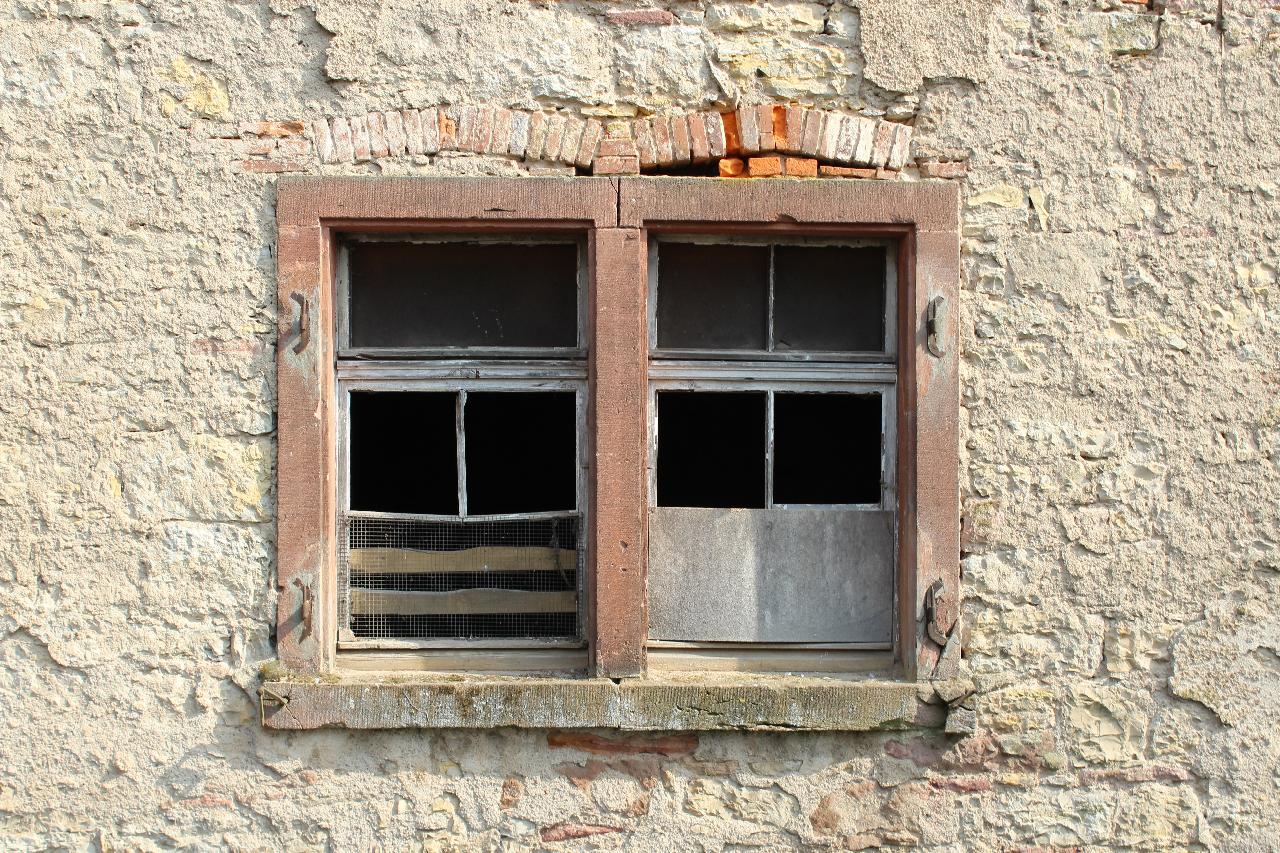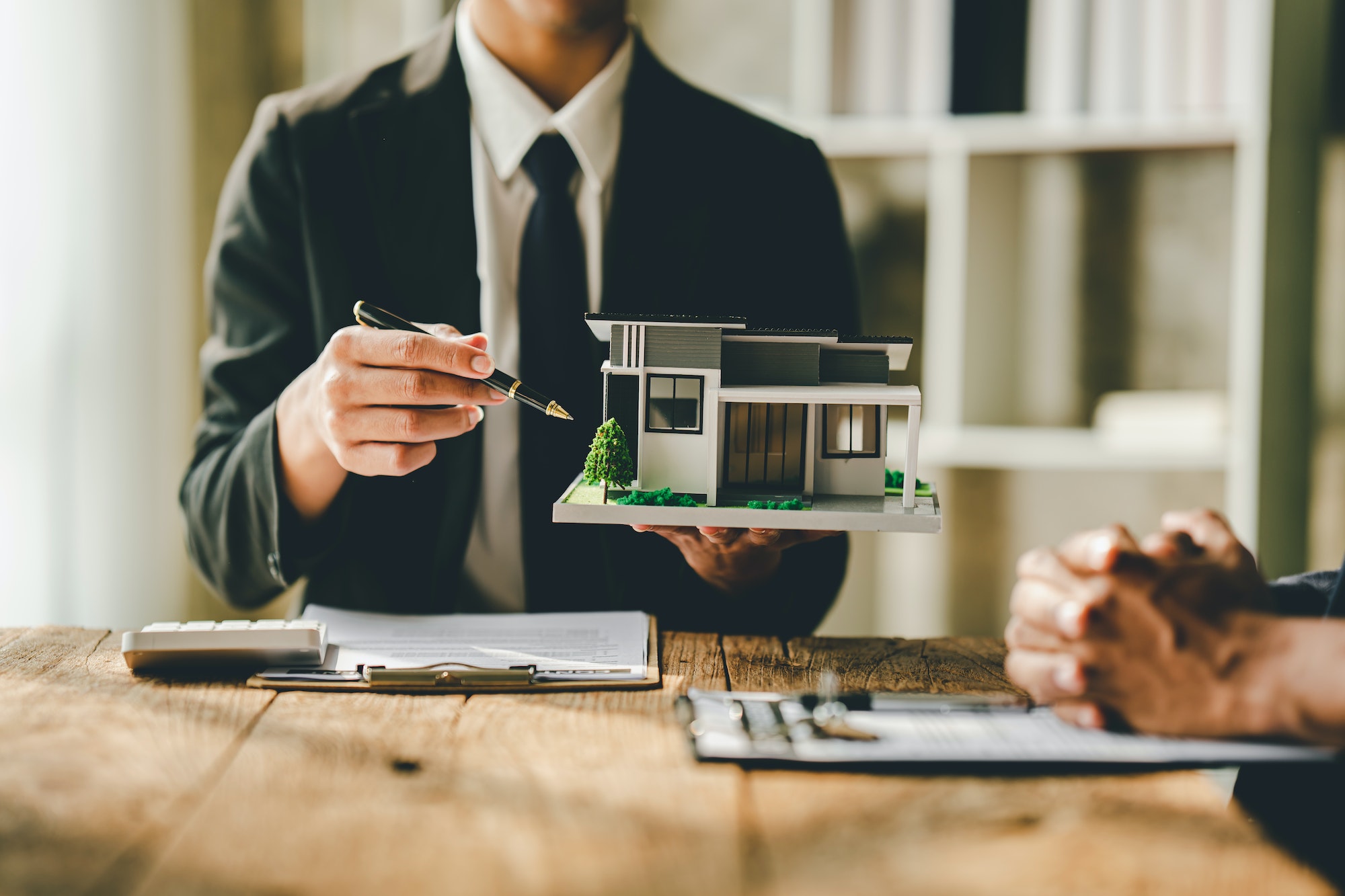Natural disasters cause the death of several people, while numerous people become homeless after a calamity wallops their abodes. During the onslaught of Hurricane Katrina, the tempest damaged around 70% of New Orleans’ residential units.
According to estimates, some 6,800 natural disasters occur annually on our planet. These catastrophes damage more houses than they take people’s lives. So, how can people restore their homes after the calamity’s over? We’ve gathered some tips that may help you renovate your humble abode after it’s been through a natural tragedy. After suffering from fire, smoke, or water damage, following these recommendations will help you get your life back on track:
- Make safety a priority
Before starting the remodeling, make safety your priority to ensure contaminants do not compromise your family’s safety. So, call an electrician or a FEMA representative to assess your residence. You can start to restore the dwelling after there remains no sign of danger to your family or the property. For instance, floodwater poses many threats to your family’s health ranging from diarrhea to dangerous infections. Also, take extra precautions about explosive elements inside your residence, such as gas.
- Hire experienced people
We have several reliable restoration services working in the United States. But it’s essential to stay away from fraudsters who always seek opportunities to swindle distressed homeowners. So, always conduct proper research before hiring professionals. Ensure that contractors provide experienced and high-qualified technicians. You can run a quick Google search and look for companies/reviews in local listings. But if you live in Texas, you should contact Total Restoration of Texas for swift water and flood damage restoration. Don’t forget that disaster cleanup requires insured/licensed contractors.
- Ask for assistance
Don’t hesitate to enlist help from your friends/family since post-disaster cleanup may take even days/weeks depending upon the severity of the calamity. You often need as many hands as possible for domestic cleansing. You can solicit help from people whose lives have not been affected. Folks are more likely to volunteer to help out a family that’s been struck by disaster. Remember to call professionals for help – as stated above – who possess the correct know-how to dispose of your debris carefully.
- Sweep your yard
Homeowners who have large yards encounter more intense damages post-disaster. Storms shower dust, debris, and tree branches from all over the place onto your property. Many incidents have happened where trees were uprooted and fell on people’s houses, with residents surviving by sheer luck! In these cases, you must contact a tree specialist after the catastrophe. Don’t forget to prune these trees that are a potential threat to your family’s safety for evading another disaster.
- Prevent more damage
Insurers mostly recommend homeowners must prevent further damage to their residence after the disaster’s passing. Take some abrupt actions, including the removal of stagnant water. You must not allow materials to rot, distort, or swell either. Don’t allow the accumulation of dust, mold, or – more dangerously – asbestos. We don’t suggest handling difficult jobs like electrical fixtures by yourself. However, you can accomplish the following two responsibilities with DIY skills.
One: Remove carpets that got soaked to prevent the buildup of germs.
Two: Check affected walls, sinks, and cabinets to discover any structural damage.
- Invest in a generator
Provide backup for your power system, and don’t let power outages bring domestic remodeling to a standstill. Getting a backup generator prepares your family for power outages. In 2011, Irene caused massive electric breakdowns in the country that made some American families spend over one week without power. These generators may be exceedingly expensive for some households, but they also provide an incredible convenience post-disaster. You can try portable ones that are less costly or rent one out.
- Strengthen your roof
A disaster doesn’t show mercy to your house’s roofing. During a tornado, it’s normal for roofs to get blown away, thereby making the remaining structure uninhabitable. Hence, restore your roof in such cases by installing strong shingles that can endure a storm. Also, ensure that contractors don’t neglect to perform correct flashing to prevent leakages. If strong winds frequent your neighborhood, you can mount “hurricane strappings” to the roof that use a house-framing system.
- Repair the basement
Who doesn’t find it terrifying to see one’s basement submerged in water after a disaster?
Don’t forget to remodel your basement and repair the damages to the lower portion of your house. Basements are vulnerable to natural disasters – especially flooding following hurricanes or torrential rainfall. Don’t overlook the importance of installing an effective drainage system. Also, remodel the outside grading to ascertain water slopes away from your residence. This practice will ensure that water doesn’t flow inside your house.
- Fortify your walls
How important do you think it is to strengthen the interior and exterior walls of your house?
Don’t neglect to fortify the interior, as walls inside the house can sustain damage by moisture after heavy rainfall. If you haven’t constructed these walls properly, it’ll cost more to remodel them post-disaster. Remember to deodorize your walls while renovating to stop bacteria regeneration.
Now, what about the exterior? Use water-resistant materials for renovating the outside walls of your house. Also, use baseboards made of water-resistant polyvinyl chloride that withstand the passage of time.
- Declutter the house
You cannot repair everything after a disaster! Some objects will get damaged beyond repair! People have to throw away rugs/carpets after they get soaked in water. Similarly, some books and documents don’t remain recognizable post-disaster. No matter how unfortunate it may sound, homeowners must discard the items that can’t be washed/restored. Use this opportunity to initiate decluttering your house. Rent a self-storage unit to temporarily store stuff you can’t keep at home.
- Deep clean everything
Don’t forget to clean everything in the house. Hire “deep cleaning” contractors to get the job done. This process must begin after removing debris from your home and renovation has been completed. This post-disaster cleanup will ensure that your house has once again become habitable for your family. Don’t forget to use soap/water to remove any dust and mold buildup on your walls. Start from one room and gradually move on to clean the entire house.
- Record all the details
Insurance agencies and federal agencies get requests for financial assistance from homeowners post-disaster. However, your claims are likely to be resolved quickly if all the relevant details accompany them. Thus, recording the damages your residence has suffered allows concerned authorities to estimate how much constructors will charge you for restoration. Don’t forget to provide pictures and videos of the incident depicting the affected walls and floors to establish your claim’s validity.
Conclusion
In 2018, Texas Tribune published a survey that stated that roughly 10% of citizens displaced by Harvey hadn’t gone home. The hurricane didn’t let people restore their domestic lifestyle even after a year! On average, natural disasters displace 27 million people from their homes every decade, while storms and deluges being the primary culprits. The solution lies in preparing for the emotional stress lingering around your family after the disaster. Then you should prevent further damage to the structure and record all necessary details for insurance/government programs in the future. Create a checklist that covers every feature of domestic restoration. Afterward, you can hire experienced contractors to rebuild your house.
Discover more from Futurist Architecture
Subscribe to get the latest posts sent to your email.




